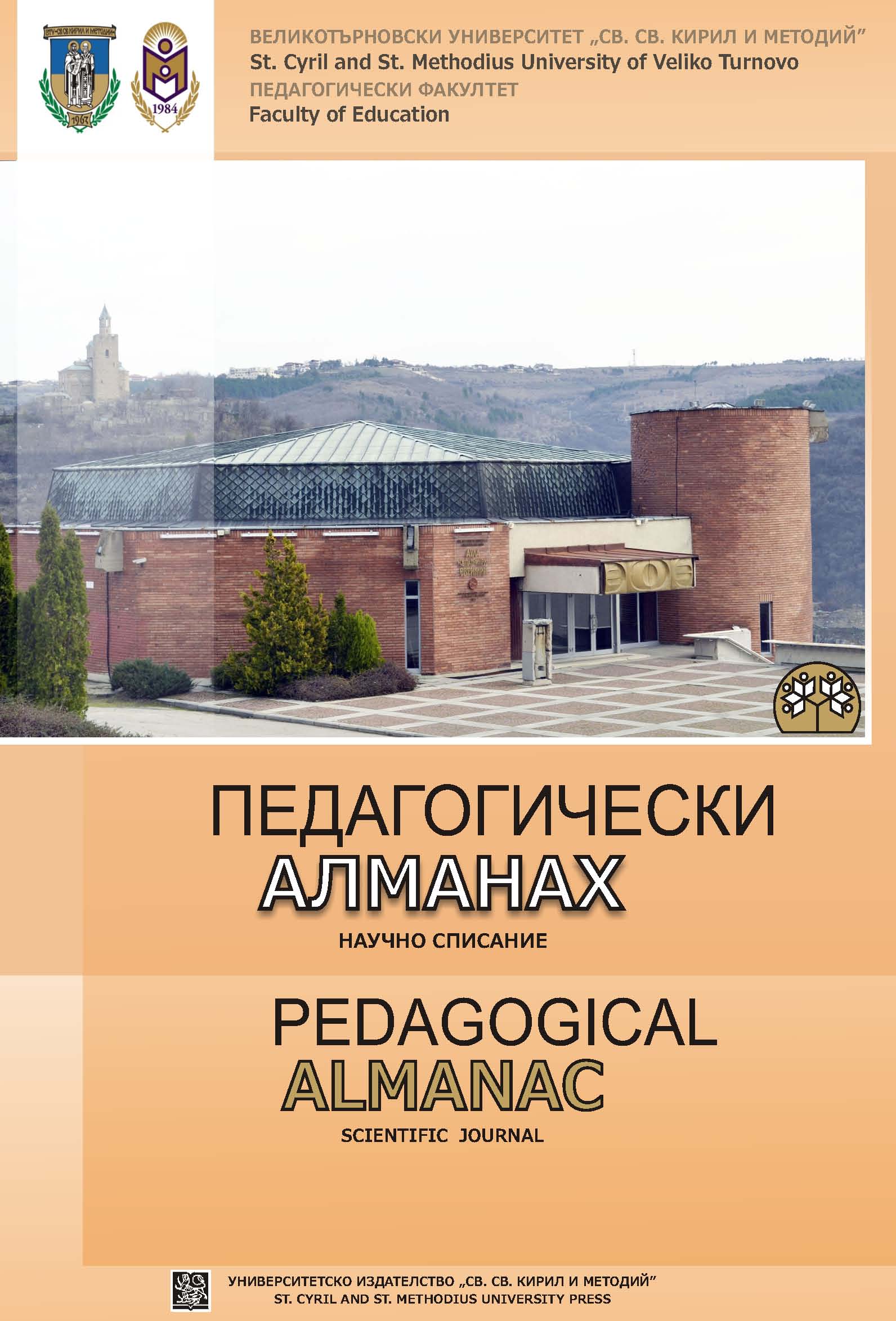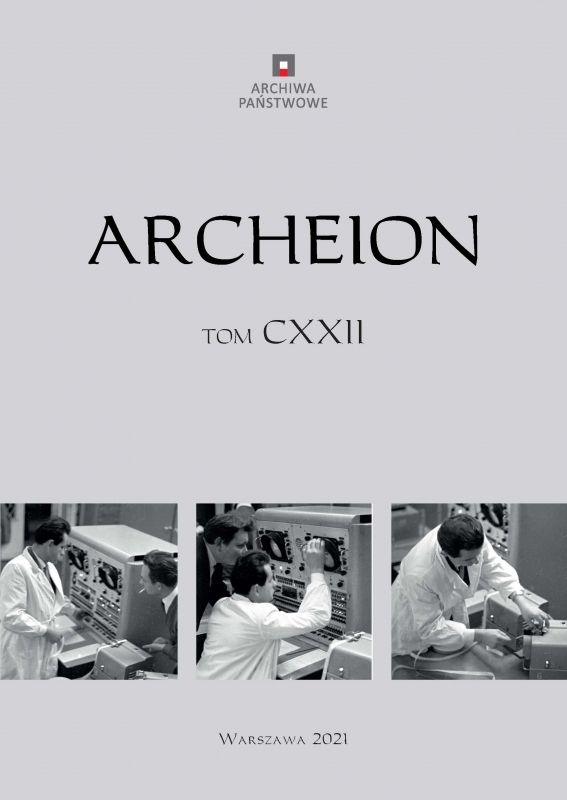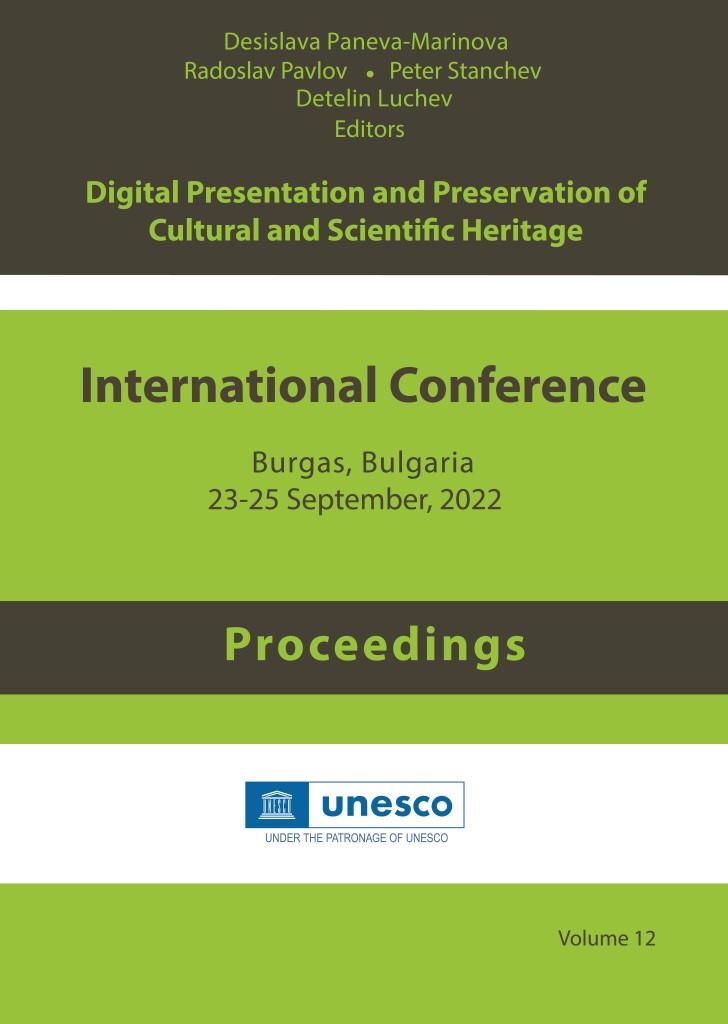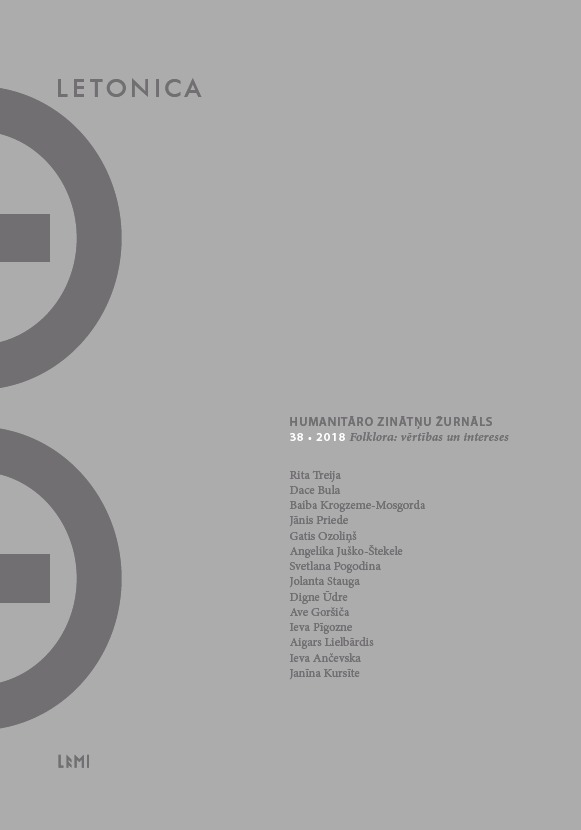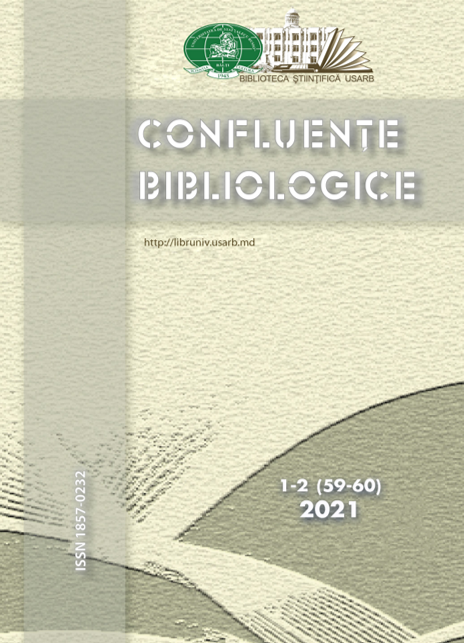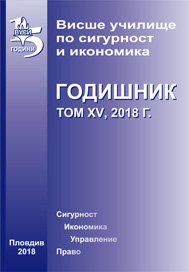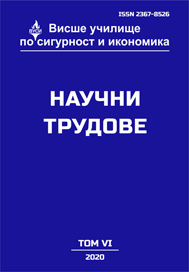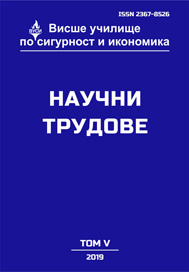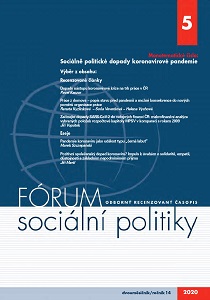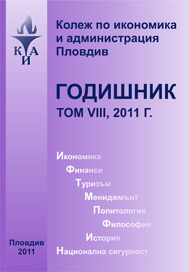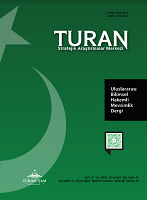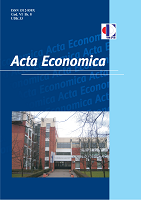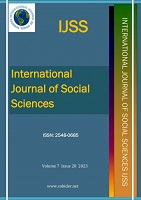Author(s): Rita Grīnvalde / Language(s): Latvian
Issue: 38/2018
This article seeks to give a broad overview as well as analyse the comic manifestations of Latvian intangible cultural heritage in the current online ecosystem. In the era of Web 2.0, humour manifests and spreads through social networks such as Instagram, Facebook, Twitter and, in Latvia’s case, Draugiem. Despite the global nature of the World Wide Web, national and local characteristics are identifiable linguistically and through shared cultural codes. One of the jobs of the modern folklorist, therefore, is to determine which artefacts will be collected and defined as Internet folklore and which will not, for it is impossible to keep track of all online shared material. Furthermore, because of its ephemeral nature and continual stream of digital-born materials, the sheer size of the data would overwhelm any archival system. These challenges lead to a new way of examining circulating online phenomena. One solution is to focus on larger online trends rather than every single artistic expression of a folkloric nature. Forms of humour have evolved and changed as technology has advanced, and quite possibly the most widespread and well-known form of online cultural humouristic expression is the Internet meme (the term derived from Richard Dawkins’ neologism ‘meme’, 1976). When people use intangible cultural heritage on the Internet for comedic effect, a popular technique is to transform classical folklore texts or create references with typical characters, lexical formulas or narrative motifs. Among the hybridized folklore genres, the most common are: folksongs (trochaic quatrains), beliefs, legends and fairy tales. A special reference source of current Internet humour is the Cabinet of Folksongs (Dainu skapis, 1880), the filing cabinet of Latvian folksongs. Up until now, in Latvian culture and history, it has been cast in the indisputable role as a national treasure. Along with an exploration of the showcase of ‘alternative Cabinets of Folksongs’ (i.e., blogs and social network accounts named after Dainu skapis), the author of the article points at a new outlook of folklorist Krišjānis Barons (1835–1923). In Internet jokes, Barons is portrayed both as a 21st century hipster and a revelling student. One may assume that Internet humour has made it possible to overcome the exaggerated piety and prejudices of inviolability against intangible cultural heritage.
More...
